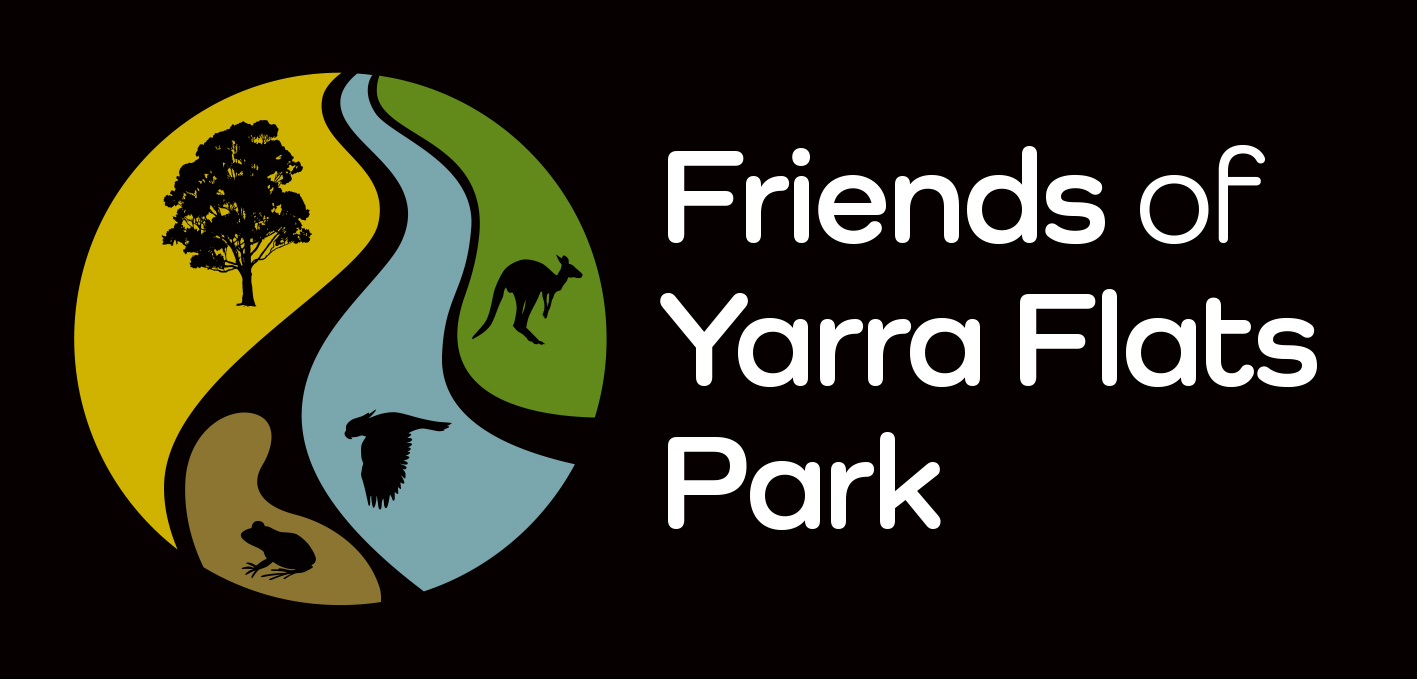

The Friends of Yarra Flats Park are helping to restore several billabongs in Yarra Flats Park by removing the many weeds around them and planting native shrubs and wetland plants.
These billabongs have water which has either drained from the surrounding flood plain and hillsides or come from the infrequent floods of the Yarra River.
Healthy billabongs provide an excellent source of food for the whole riverine food chain, so are very important for the health of the Yarra corridor and have significant Indigenous cultural value.
These restoration projects will take several years of work to convert what was once farmland into a thriving natural wetland.
The main objective is to re-introduce a large variety of native plants, which previously have been lost, resulting in a greater variety and number of aquatic loving animals such as birds, frogs and insects.
Many obstacles have to be overcome.
- Heavy weed infestation has to be controlled.
- Floods and drought tolerant plants need to be selected. These plants also need to be able to deal with the dramatically changed ecology of the Yarra corridor resulting from the building of dams on the river, the alteration of the surrounding land use and water drainage patterns, climate change and the absence of Wurundjeri management of the area.
- Most of the young shrubs need protection from browsing by the local wallabies and feral deer who love their succulent leaves. These tree guards and temporary fences will be removed after 2-3 years when the plants are large enough.
- Non-native fish such as carp can enter with floods.
Over time the billabongs will dry out and then refill with water. This is normal for small billabongs and actually increases the biodiversity of them. Different plants thrive then subside according to the stage of this water cycle.
